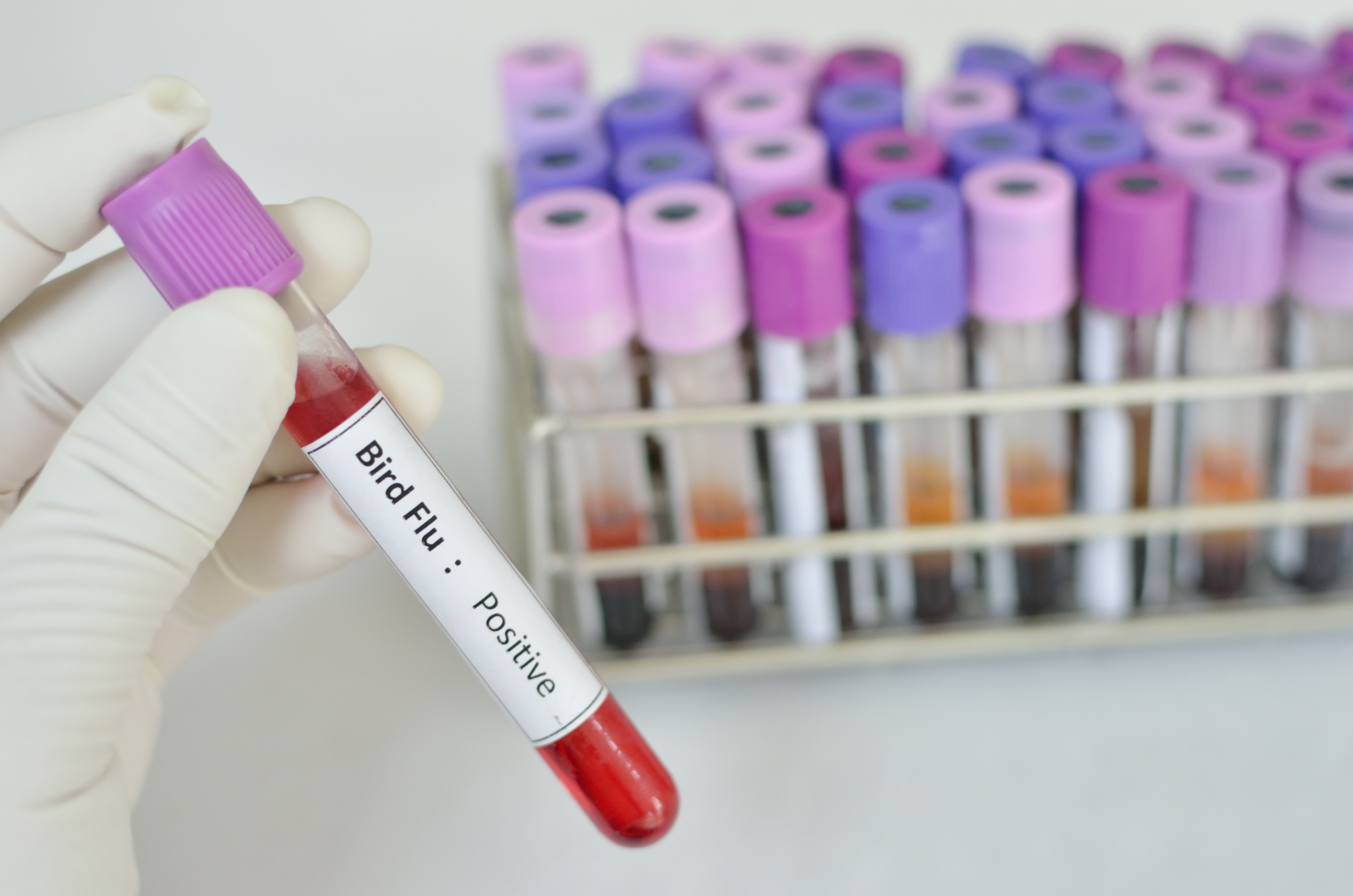California’s Department of Education released a detailed guide Monday for the safe reopening of schools in the age of face masks and physical distancing to prevent the spread of the coronavirus.
It makes clear that schools will look dramatically different for California’s 6.2 million students and staff, who can expect temperature checks upon entering schools and buses, face masks for teachers and students and extensive hand washing throughout the day. It also offers suggestions for how to offer classroom instruction with smaller class sizes such as rotating students into campuses two days a week, while the remainder of days they stay home for distance learning.
“The COVID-19 pandemic has had a devastating effect on everything we know about providing education,” said State Superintendent of Public Instruction Tony Thurmond. “It forces us to enter into a new conversation about the way we provide instruction.”
The manual titled, “Stronger Together: A Guidebook for the Safe Reopening of California’s Public Schools,” can serve as a road map for school districts as they prepare for the return of classes in the fall, Thurmond said.
Ultimately, school districts will decide how to reopen campuses. There is no one-size-fits-all model for the state’s 1,000 school districts so the guidance aims to offer multiple scenarios that can help schools find the best approach to safely reopening, Thurmond said.
Thurmond said many parents have expressed an interest in continuing distance learning for safety reasons and he is encouraging districts to maintain at-home instruction to the extent they can to ensure smaller class sizes.
California
“Parents are asking for it, let’s use that as a strategy, let’s plan for it,” Thurmond said about continued online learning in the fall, which will be needed as schools accommodate a smaller number of students at a time.
For weeks, educators and state officials have made clear that the safe reopening of schools will require a top-to-bottom redesign of the traditional school day, where social interaction has always been a key part of learning.
The state Department of Public Health on Friday released its own 14-page guidance designed to help districts prepare for students to return. It includes recommendations such as keeping students 6 feet (2 meters) apart at all times — in class, in the hallways and at recess. It recommends face coverings for teachers and students and suggests that meals be served in classrooms or outdoors instead of cafeterias or group dining areas.
The state cannot order schools to adopt its rules, but its guidance serves as recommendations for districts to follow on reopening. School districts opted to close when Gov. Gavin Newsom issued a statewide stay-at-home order in mid-March and developed distance-learning plans on the fly.
The state said Friday it plans to supply every school and child care center with no-touch thermometers, hand sanitizer, face shields for every teacher, cloth face coverings for staff and students, and tight-fitting N-95 masks for health care professionals in schools.
The new safety measures pose massive logistical and financial challenges, educators say, particularly at a time of shrinking budgets. Districts are facing the prospect of billions of dollars in budget cuts as the state scrambles to plug a deficit brought on by the virus.
The California Education Coalition, which includes the nine statewide K-12 public education associations, has urged Newsom and state legislators to reject the cuts. Teachers, superintendents, principals and others say they support the need to implement physical distancing at schools, which would require decreased class sizes and dramatically increased cleaning in classrooms and across campuses. But all of that will cost more money.



